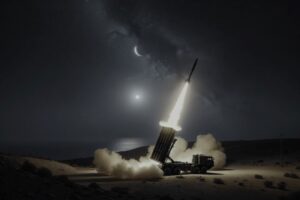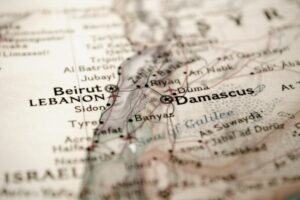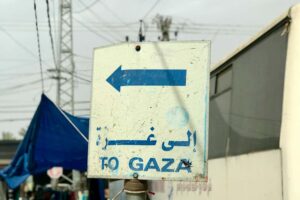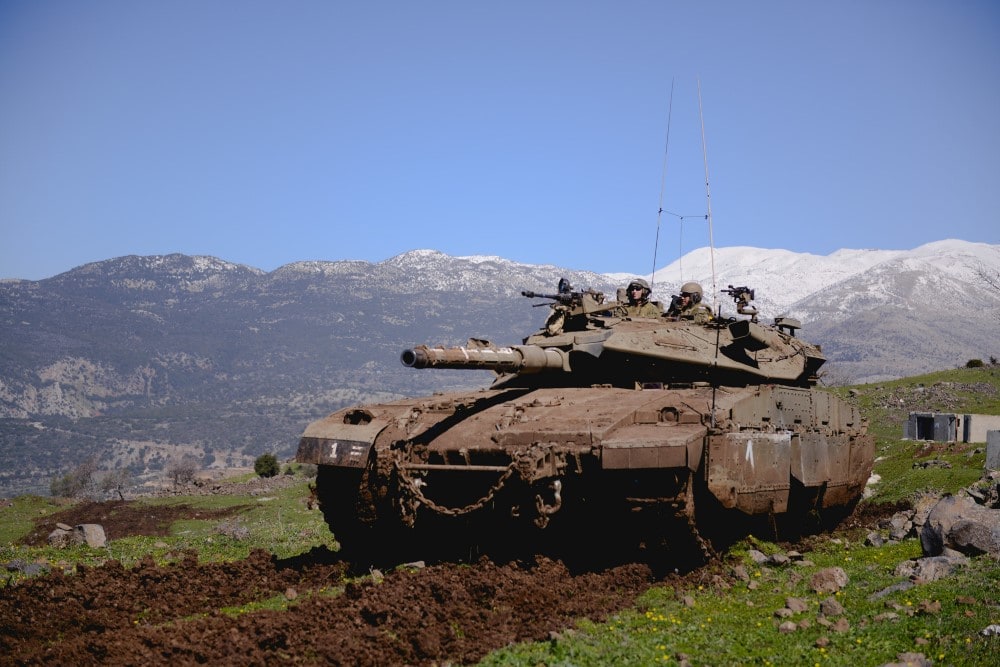
Israel, one of the smallest countries in the Middle East, might seem like an easy target for a military invasion due to its modest size. However, this perception is far from reality. Israel’s unique geographical features and strategic defensive advantages make it a formidable nation to attack and conquer.
Israel’s geography presents several natural barriers that complicate any potential invasion. These obstacles include the following:
Lebanon and Syria Border Region: Israel’s northern border areas feature challenging topography, including steep ridges and deep wadis. This terrain is well-suited for defensive warfare and can negate many of the advantages of an attacking force such as the Syrian army or Hezbollah.
Hilly and Mountainous Terrain in the North: The northern region of Israel, particularly the Galilee, is characterized by hilly and mountainous terrain. These natural elevations provide significant defensive advantages, making it difficult for invading ground forces to maneuver and establish a foothold.
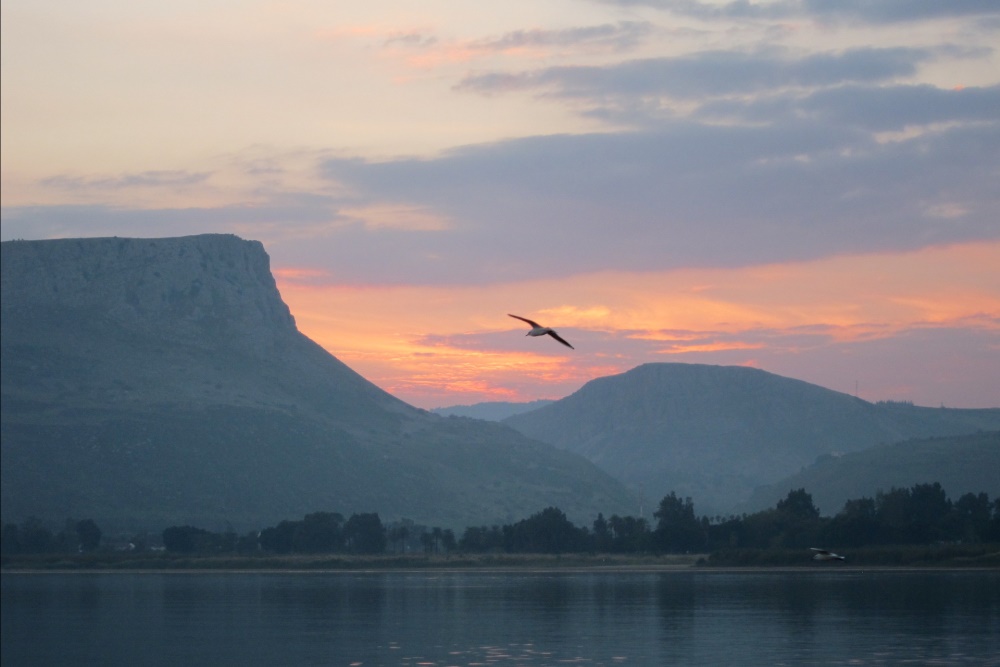
Moreover, the rugged landscape allows for the establishment of strong defensive positions that can dominate the approaches of any advancing army.
Jordan Rift Valley: Running along Israel’s eastern border, this deep valley creates a natural moat-like barrier, with the Jordan River further impeding easy access from the east.
The valley’s steep escarpments and low-lying areas create formidable natural barriers, hindering the movement of ground forces. This terrain is particularly challenging for armored and mechanized units, which are essential for any large-scale invasion.
Judean Mountains: This mountain range runs north-south through much of Israel’s central region, providing natural defensive positions and complicating the movement of enemy forces.
The steep slopes and narrow passes create choke points that can be easily defended, while the elevated positions offer excellent vantage points for surveillance and artillery placement. The rugged terrain also poses challenges for mechanized units to operate effectively, limiting the options for potential invaders.
Southern buffer zones
Negev Desert: The southern part of Israel is dominated by the Negev Desert, an arid and harsh environment. This presents significant logistical challenges for any invading force, including difficulties in maintaining supply lines.
The desert’s vast open spaces also make it harder for invaders to conceal their movements, giving defenders a significant advantage in terms of early warning and preparation. The exposed landscape makes invading forces vulnerable to aerial and artillery attacks.
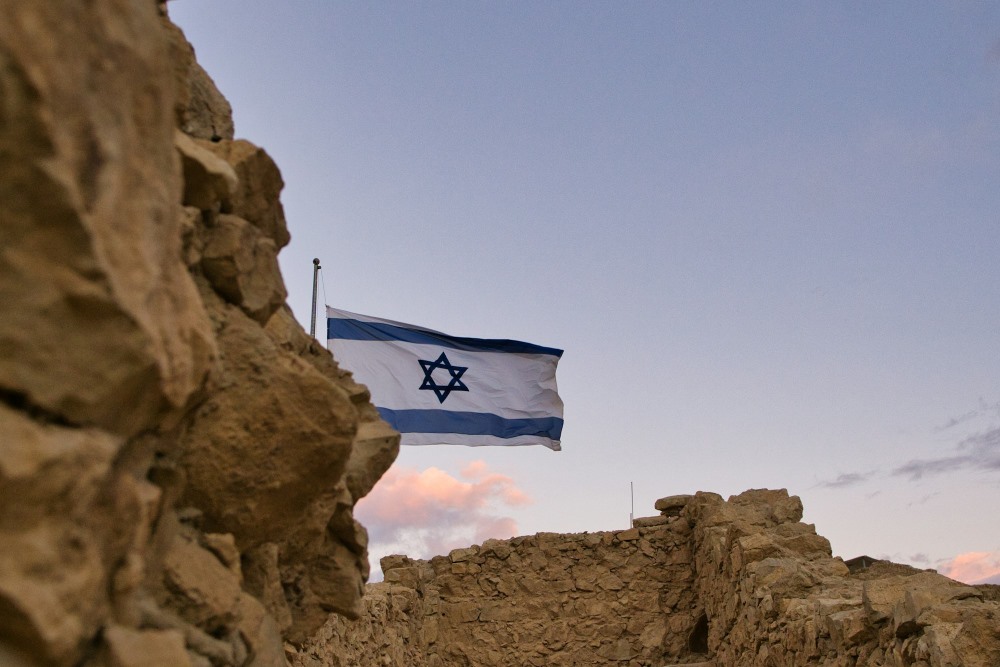
Sinai Peninsula: This area serves as a strategic buffer zone southwest of Israel and an additional obstacle for any potential invader. The Sinai is a vast desert region with difficult terrain and limited infrastructure, making it challenging for large military movements.
The combination of open, exposed plains and rugged mountain ranges in the interior presents diverse challenges for enemies approaching Israel from this direction. Forces attempting to cross the Sinai would likely be exhausted and depleted before reaching Israeli territory.
The Mediterranean Sea: While the sea provides access to Israel’s coastal plain, it also limits the directions from which a land invasion can be launched. The coastline itself varies between sandy beaches and rocky cliffs, each presenting its own set of defensive advantages.
Any seaborne invasion would face the considerable challenge of establishing and maintaining a beachhead against well-prepared defenders.
Israel’s strategic advantages
Smaller Area to Protect: One of the primary advantages of defending a small country like Israel is the relatively smaller area that needs to be protected. This allows for a more concentrated and efficient deployment of defensive forces and Air Force assets.
Unlike larger countries that must stretch their defenses thin across vast territories, Israel can focus its resources on key strategic points.
Efficient Air Defense Coverage: A smaller geographical area means that fewer air defense systems are required to cover the country. This enabled Israel to build a multi-layered air defense network to protect its entire airspace, making it much harder for enemy aircraft or missiles to penetrate.
Over the years, Israel has invested heavily in advanced air defenses such as the Iron Dome, David’s Sling, and Arrow. These systems provide comprehensive coverage and can intercept a wide range of aerial threats, from short-range rockets and drones to cruise and ballistic missiles.
Rapid Force Mobilization: Israel’s compact size allows for rapid mobilization and redeployment of military forces. In case of an invasion, Israel can quickly shift forces to different fronts as needed. This flexibility is a critical advantage in responding to dynamic battlefield conditions and countering multiple threats simultaneously.
Short Supply Lines: Logistics are simplified due to the short distances between military bases and the home front to conflict zones. Reserve forces, supply depots, and medical facilities are never far from the front lines. This ensures that troops can be resupplied and reinforced quickly, maintaining their combat effectiveness.
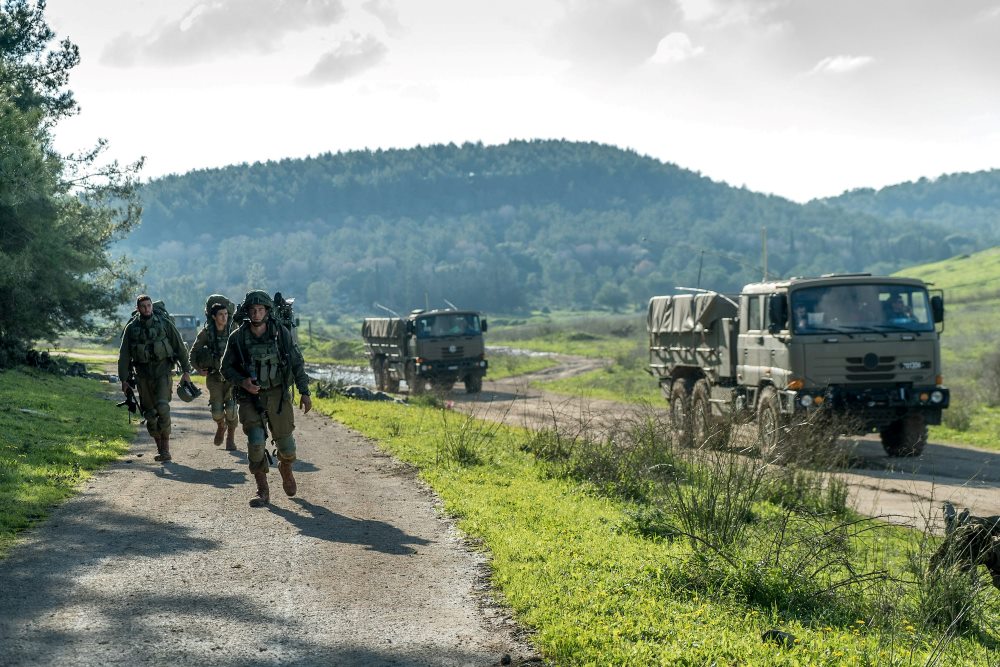
Effective command and control: Israel’s size facilitates better coordination and communication across different military branches and regions. Command centers can monitor and direct operations across the entire country, enabling faster decision-making and more cohesive strategic planning.
Ultimately, while Israel’s small size presents certain vulnerabilities, it also offers significant defensive advantages. Any potential invader must contend not only with the well-equipped and experienced IDF, but also with natural and strategic obstacles inherent to the country’s unique geographical and territorial characteristics.
Overall, the combination of diverse and difficult terrain and the strategic benefits of compact territory make Israel a formidable opponent, and a difficult target for any potential invader.
